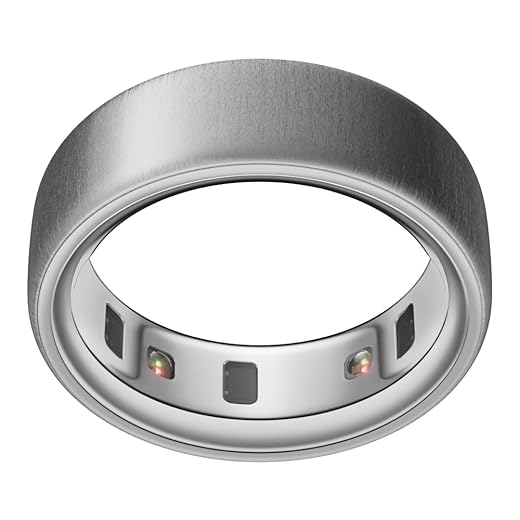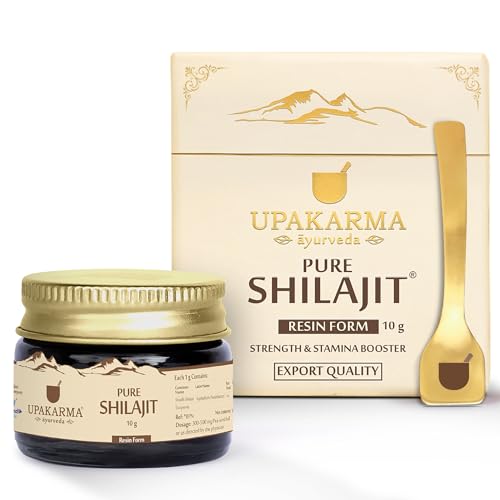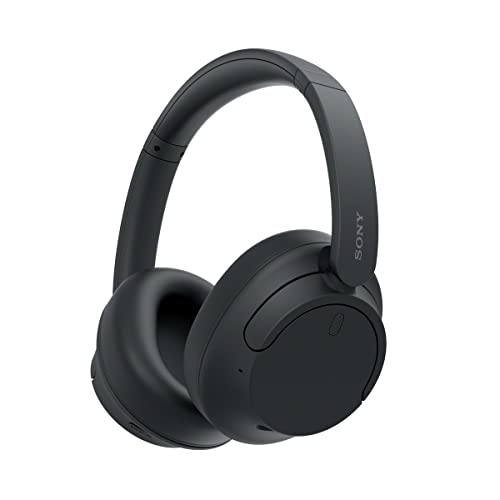
A discreet sleep detective — big insights, tiny package.
Sick of bulky wrist trackers that buzz every five minutes and still can’t explain why you wake up feeling like a zombie? If your real problem is understanding sleep and recovery — not chasing step-count bragging rights — you want a quieter, smarter way to track your health.
The Oura Ring 4 is exactly that: a jewelry-like smart ring that quietly gathers heart rate, deep-sleep data, and long-term trends, and it even comes with a sizing kit so the fit (and the readings) actually make sense. It won’t shout workout trophies at you, but it delivers calm, data-rich insights — with a few trade-offs like variable battery life and some features behind an optional subscription.
Oura Ring 4 Smart Ring with Sizing Kit
A discreet, data-rich wearable that prioritizes sleep, recovery, and long-term trends over flashy fitness metrics. It’s ideal if you want quiet, accurate insights without a bulky wrist device stealing the show.
Overview
The Oura Ring 4 is a compact smart ring designed for people who prefer subtlety and depth over bright screens and constant buzzing. It combines temperature, heart rate, SpO2-capable sensors, and motion detection in a slim, lightweight band you wear on your finger. The “Size First” approach — sending a sizing kit before the ring itself — is meant to reduce the painful guessing game of ring sizes and improve data accuracy by helping you choose the right fit up front.
What’s new and why it matters
Oura’s fourth generation focuses on better algorithms, refined sensors, and a polished app experience. Instead of shouting feature lists, the update refines the core: sleep staging, continuous HR sampling while asleep, readiness scoring, and more subtle body-temperature tracking. The result is a device that’s more about thoughtful insights than flashy metrics.
Design, materials, and daily wear
The ring’s aesthetic is intentionally minimalist — it looks like jewelry, not a gadget. That means you can wear it to work, to dinner, and even when you forget you’re wearing it (provided you’re not a vigorous rock climber).
Fit and the Sizing Kit: why “size first” is smart
Accuracy depends on consistent skin contact. Oura’s sizing kit is a practical nicety: you try rings at home and choose the best fit before the final purchase ships. A snug but not crushing fit is the sweet spot — too loose and metrics wobble; too tight and blood flow/comfort suffer.
Sensors, metrics, and how Oura interprets them
Oura Ring 4 uses a combination of infrared photoplethysmography (PPG), temperature sensors, and motion detectors to build a picture of your nights and recovery. It doesn’t flood you with raw numbers; instead, it translates data into scores and trends.
How Oura turns signals into actions
Battery life and charging
Battery lifespan is marketed as up to eight days, and many users will see multi-day runtime, but real-world time depends on sampling frequency and always-on features. Heavy tracking, frequent syncing, or continuous background sampling reduce runtime.
| Area | Typical Expectation |
|---|---|
| Claimed battery | Up to 8 days |
| Real-world heavy use | 3–6 days |
| Charging connector | Proprietary magnetic puck / USB-C cable included |
App experience and ecosystem
The Oura app is the device’s brain. It turns nightly recordings into actionable insights, guided breathing sessions, and seasonal trend notes.
Durability, maintenance, and hygiene
The titanium shell resists dings and the finish holds up to everyday life. Like any ring, it will eventually show micro-scratches if you’re not gentle, but those are primarily cosmetic.
Who should consider the Oura Ring 4?
Real-world tips for getting the most from Oura
Alternatives and complements
Final thoughts
The Oura Ring 4 is a refined tool for people who treat sleep and recovery as the foundation of performance. It’s not the cheapest gadget, and some features are gated behind a subscription, but the long-term, low-friction data it produces can change behavior in meaningful ways. If you want a discrete tracker that nudges you toward better nights and smarter recovery, this ring does that job elegantly — and with style.

FAQ
Yes. Fingers swell and shrink, and a correct fit is vital for accurate sensor contact. The sizing kit removes the guesswork: try sizes at home, pick the best fit, and avoid returns or inaccurate readings later.
Oura provides very good consumer-grade sleep staging using PPG and motion, but it’s not a medical-grade polysomnography system. Expect useful nightly trends and very actionable patterns, but not a clinical diagnosis.
Most users tolerate the titanium body well, but a small percentage report skin irritation. If you have known metal allergies or very reactive skin, try the sizing kit first and monitor for redness; consult a dermatologist if needed.
That depends on feature usage. Light users often see multiple days (near the marketed upper range), while heavy sampling and frequent syncing reduce runtime to a few days. Top-up charging is quick and the puck is compact for travel.
Not at all — the app is streamlined with daily summaries and deeper trend pages. There are many features, though, so expect a short learning curve to unlock the more advanced tools.
Yes, for general activity and heart-rate trend insights. It’s excellent for recovery and light to moderate activities, but for high-intensity training you may still prefer a chest strap or performance-focused watch for peak HR accuracy.
The subscription unlocks historical analysis, guided programs, and deeper trend tools. If you’re a casual user, the free tier is useful; if you want behavioral coaching and long-term insights, many find the subscription worthwhile.












I got the Oura Ring 4 a few weeks after reading this review and honestly — the sleep insights are way more detailed than I expected.
It doesn’t buzz your wrist or distract you during the day, which I appreciate. The readiness score helped me realize I was overtraining on weekends. Battery life really does hover around the advertised 7–8 days for me (with nightly charging once a week).
Minor gripe: sizing kit was a bit fiddly and I had to swap sizes once. Overall: great for someone who cares about sleep more than flashy workout metrics.
Thanks for sharing, Maya — glad the readiness score helped! For anyone swapping sizes: give the sizing kit a full day to settle on comfort before ordering the final ring size.
This is exactly what I wanted to hear. I hate bulky smartwatches. How’s it with showers and gym sweat?
I just wear it in the shower and while lifting — no issues so far. It’s water-resistant and seems fine with sweat. Just be careful with heavy-impact stuff that could ding the ring.
Good to know. Might pick one up during the next sale — thanks for the real-world report!
I like the idea but can’t help being skeptical about any device that claims clinical-level accuracy. The article says ‘data-rich’ but not ‘perfect.’
Has anyone done a side-by-side with a medical-grade device for HRV or SpO2? Also, 1599 AED is a chunk of change — is it worth it purely for sleep tracking?
Also worth noting: Oura focuses on algorithms and long-term data. If that aligns with your goals, the cost can make sense over time.
I did an HRV comparison with an app that uses ECG from a chest strap. Not identical numbers, but the day-to-day trend matched, which is what I wanted.
Valid points. We avoid calling it clinical-grade; it’s very good for consumer-level trend tracking but shouldn’t replace medical diagnostics. If you rely on medical accuracy, consult a clinician or medical device.
Regarding cost, people who prioritize sleep and long-term recovery tend to find value in the ring; casual users less so.
Pricey, yes. But I sold my old smartwatch and justified it as ‘one less device’ — subjective value made it worth it for me.
I compared it to a fingertip pulse oximeter for SpO2 one night — values were close on average, though the ring smooths out short spikes. Good for trends, not spot-checking in a clinic.
Short version: the ring is tiny, my sleep improved, and my partner still calls it ‘the blingy spy device’ lol 😂
Long version (because I apparently have opinions): articles like this nailed the discreet angle. I love not having a flashing wrist thing while sleeping. But man, choosing a size felt like picking a ring fate. #firstworldproblems
Hahaha ‘blingy spy device’ — that’s a mood. Size kit definitely feels dramatic but worth the patience.
Glad you liked the discreet factor, Sophia — and yes, sizing can feel dramatic but it’s important for sensor contact and comfort.
Quick tech Q: does the ring charge wirelessly or via a cradle? And how fast is the charge? The article mentioned USB-C accessories — curious about real charging times.
My experience agrees — magnetic cradle, pretty quick. I charge it while brushing my teeth once a week.
45–60 min sounds right. I usually top off during my morning routine if I forgot at night.
It uses a small magnetic charging cradle (USB-C cable). From empty to full is typically ~45–60 minutes depending on usage, and a short 15-minute top-up can get you a couple of days.
Loved the write-up — short, useful verdict. Two quick notes:
1) 1599 AED is steep but Amazon deals pop up sometimes.
2) For travelers, 8-day battery is a game-changer.
Would buy again for the sleep insights alone.
On flights I enable Do Not Disturb for the app but still keep Bluetooth off sometimes — you’ll squeeze a bit more battery that way.
Thanks Marcus — glad the review was helpful. We’ll keep an eye out for price drops and mention them in updates.
Do you find the battery actually lasts 8 days during travel with airplane mode (if you use that)?
In our tests, with light daytime syncing disabled and minimal active features, you can reach the higher end of the battery claim. Real-world use with constant syncing tends to be around 5–7 days.
I liked the review but wanted more on daylight wearability. I work in retail and my hands are on the move — did the article miss comfort tests for active jobs? A ring might snag less than a watch but could still get in the way.
Good point — we tested general daytime comfort and found it low-profile for most activities, but strenuous manual work (heavy lifting/tools) could risk scuffs. We’ll note that in a follow-up.
I work in a cafe and barely notice it. Got a tiny coffee stain once but it wiped off 😂
Appreciated the deep dive in the article — the expert verdict felt fair. I’m on the fence because I already have a chest strap for heart rate and a watch for workouts.
Does anyone feel like the ring’s extra data actually changes their behavior? Or is it just interesting numbers?
Great question. Many readers tell us the long-term trend tracking (sleep, HRV, SpO2) nudges them to adjust bedtime and recovery days more than short-term workout changes. It’s more about lifestyle shifts than immediate workout coaching.
If you already have a chest strap and watch, the ring might overlap, but the convenience and sleep accuracy are the differentiators imo.
For me, yes — seeing consecutive low readiness scores stopped me from stubbornly doing intense cardio every day. The ring made it obvious I needed rest.